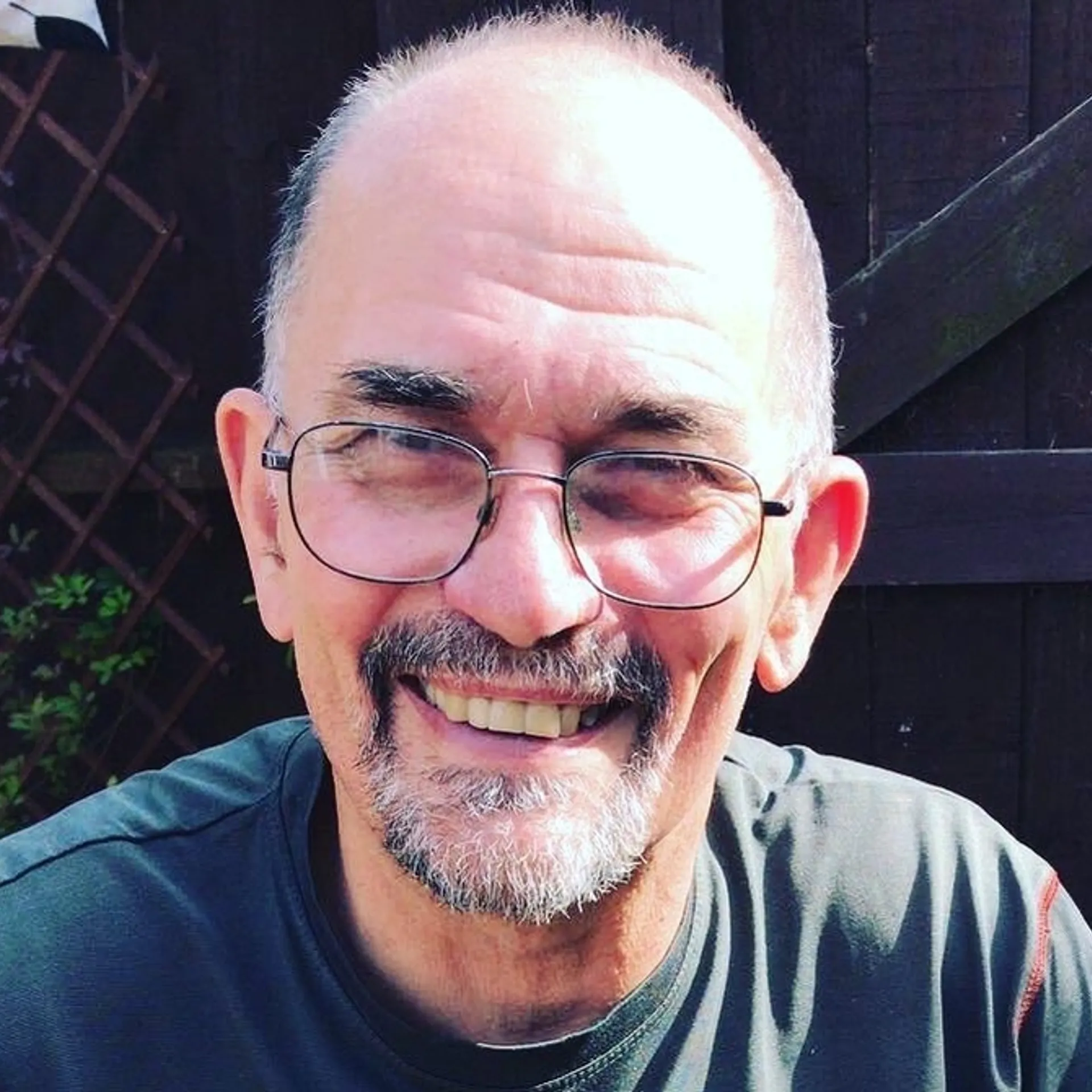Ukraine Refugees: A Short Case Study

The 2022 Russian invasion of Ukraine caused millions to flee, reshaping refugee movements across Europe. This case study explores key factors influencing their displacement, including migration trends, social networks, and regional dynamics.

Recent Research Coming Out of LSE
Recent research coming out of LSE offers some interesting perspectives on the factors which have influenced the movement of refugees in Ukraine, particularly since the Russian invasion of 2022.
Location and Invasion

Ukraine has a population of just over 38 million. Since the invasion, more than 7.1 million people have been internally displaced (IDPs), and a further 5.4 million have fled the country (altogether around 13 million or one-third of the population), the majority ending up in Poland and Germany (UNHCR).
Note: For more detail and additional background, check out Geography Factsheet 476 A Case Study of Forced Migration: Ukrainian Refugees.
According to the research, 80-90% of the population have been affected either by being displaced, the loss of friends and relatives, or damage to property.
“Everyone knows someone who has been directly affected by the war” (Podcast Episode 1).
The preliminary data indicates the vast majority of Ukraine’s current internally displaced population have moved from the East to the western-most regions of Lvivska, Zakarpatska, Ivano-Frankivska, and Chernivetska, bordering Poland, Slovakia, Hungary, Romania, and Moldova (see map below).
IDPs in Ukraine

Source: International Organization for Migration
General Findings
- Although refugees displaced by the annexation of Crimea in 2014 went predominantly to large cities or to neighboring countries like Poland, in 2022 internal migrants went to live in rural areas and special camps in central and western Ukraine.
- Older inhabitants were less likely to move.
- Many refugees were highly educated.
- Both internal and external displaced persons tended to move around frequently chasing better accommodation, employment opportunities, and higher levels of safety.
Factors Influencing Internal Movement
- The railways provided a key escape route. They became an important factor in determining the direction of refugee movement and where they ended up.
- The political leaning of the region, and whether it was supportive or opposed to Russia’s influence, was an important factor in the decision of where to migrate to.
- Another important factor was whether a region was welcoming to IDPs: either in terms of programs in place to settle the IDPs or in terms of the local attitudes towards the IDPs.
- Although initially refugees went wherever available transport could take them, increasingly over time, safety became a factor, for example, the efficiency of air defense systems.
- Another factor which became increasingly important for individuals in deciding where to go was connections through pre-existing social networks often via WhatsApp or other similar applications to ask for and receive advice, help, and information.
Factors Influencing External Movement
For those moving outside of Ukraine, choices were limited in the sense that the choice to leave the country was only open to women, children, and those in older age groups. Most men of working age were not permitted to leave.
Of those moving abroad, by far the majority went to Poland.
Why Poland?
- Proximity: Ukraine shares a border with Poland, and there are established transport links between the two countries.
- Traditional links between the two countries in terms of historical temporary labor migration from Ukraine into Poland.
- An established support network made up of the existing Ukrainian diaspora (around 1.4 million) living in Poland and Polish volunteers, who were able to be a point of help and support for the incoming refugees.
Stay or Return
Initially, most refugees stated that they wished to return to Ukraine once hostilities ceased. However, the conflict has dragged on for over two years with little sign of a resolution. As a result, only around 50% of refugees now say they want to return home.
Why Stay?
There are a number of factors at play. Clearly, the difficult security situation continues to be a major factor. However, over time, the refugees have become established in Poland. They have been able to obtain language qualifications and employment. For many, it has been possible to keep their Ukrainian jobs and to continue working remotely. Many have now found permanent housing with children settled at school or also studying remotely. In other words, they have become assimilated into Polish life. The incentives to return have diminished. There is also a suggestion in the research that some refugees have become divorced whilst living in Poland, which suggests a further disincentive to return.
Applying Traditional Migration Concepts
The refugee crisis in Ukraine is an example of forced migration. When we study migration, we think in terms of push and pull factors and the friction of distance. In the case of the displaced population in Ukraine, however, these concepts don’t really shed a great deal of light on the processes themselves. The push factor is obvious. The pull factor of the locations chosen by the refugees is, again, obvious; safety and security (including the effectiveness of anti-missile defenses). The friction of distance, whilst clearly a factor, was probably less important than practical considerations such as the availability of housing, safety, and how supportive communities were in the places they were migrating to.
What recent research suggests is that the migration decisions of refugees are not just more nuanced than theories would suggest. Additional factors are worth considering.
- Deflecting factors, which discourage refugees from moving in certain directions. In this case, that could be pro-Russian allegiances in some districts or the absence of/lack of access to a railway line.
- Enabling factors, which encourage refugees to move to a particular location, for example, existing contacts and support networks, transport connections, and ease of movement across borders.
- Inertia factors, which stop people from moving, including political and cultural affiliation, (in this case with the Russian-speaking minorities particularly in the East of the country) age, and lack of money or access to transport. In the case of refugees based outside of Ukraine, a strong factor keeping them from returning home could be assimilation into (for example) Polish society.
One Final Thought
While war as a factor in displacing populations is a commonplace phenomenon, sadly, the factors which determined the who, where, and why of refugee movements in Ukraine are unique to the region and point to the need to consider each major refugee movement on its merits and not be tempted to rely too strongly on general theories to explain refugee movements.
Author’s Note
My interest in exploring the nitty-gritty of refugee movements in Ukraine came from listening to the two podcasts mentioned in the text reflecting, as they do, real-life experiences. It is worth checking out episodes 3 & 4 talking to Syrian refugees.
References and Resources
- Migration Conflict and Crisis: Professor Lucinda Platt LSE Acast Podcast Episodes 1 & 2
- Ukraine Internal Displacement Report: Understanding Forced Internal Displacement in Ukraine: Insights and Lessons for Today’s Crises - Vlad Mykhnenko, Article in Oxford Review of Economic Policy, September 2022
- Geography Factsheet 476 A Case Study of Forced Migration: Ukrainian Refugees - Curriculum Press
Find exactly what you’re looking for.
- Popular Searches
- Biology
- A Level Media Studies
- Chemistry
- Geography
- Physics
- A Level Environmental Science
Newsletter
General
Work with us
Get in touch
- © 2025 Curriculum Press
- Terms & Conditions
- Privacy & Cookies
- Website MadeByShape









